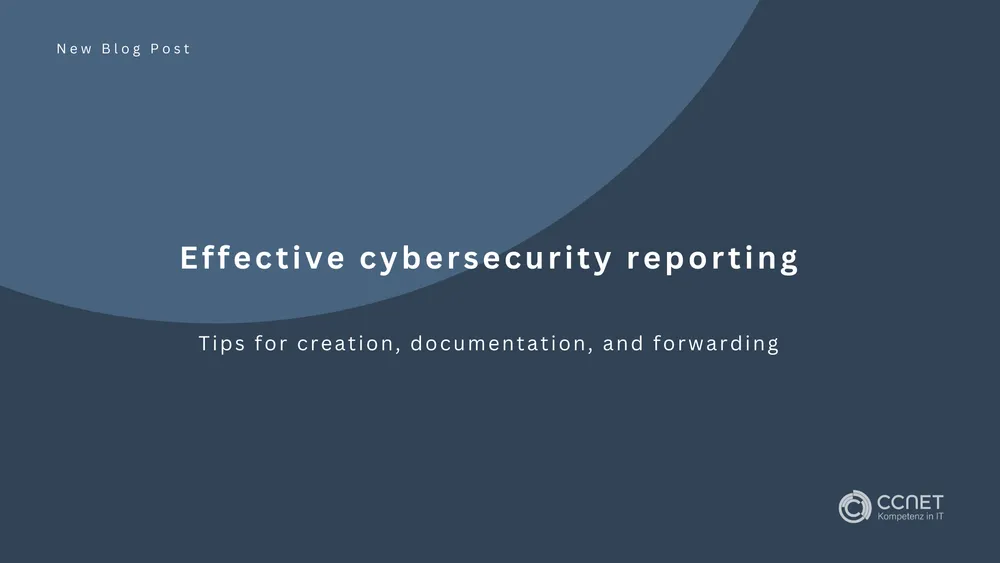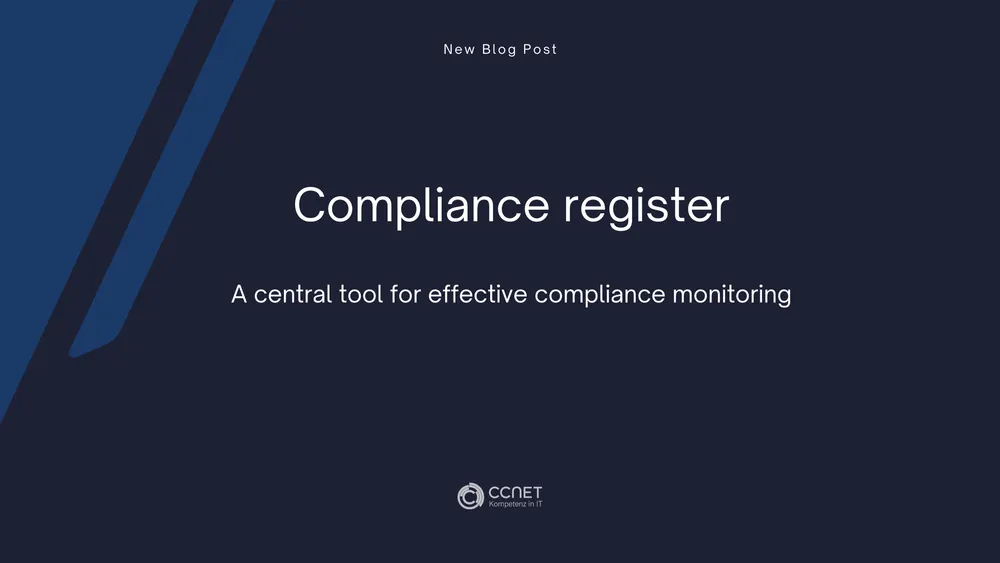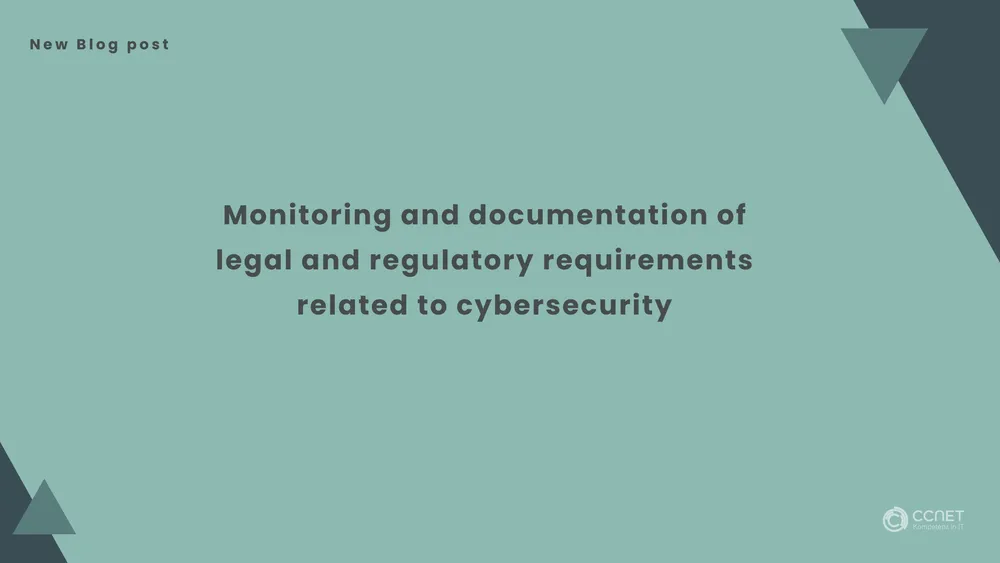
Cinthia Trevisoli
Dec 11, 2023 • 2 min read

The Path to NIS2 Compliance: A Practical Assessment for Businesses
Determining whether a company falls under the NIS2 Directive is of crucial importance in the rapidly evolving landscape of cybersecurity. This article aims to provide a comprehensive insight into the multi-stage assessment process, which involves various key steps, ranging from internal self-assessment to official evaluation by the relevant authority.
The Assessment Process
- Internal Self-Assessment
Companies embark on the assessment journey by initiating an internal self-assessment. This crucial phase involves collecting and analyzing internal data to gain a comprehensive understanding of the company's size, industry, nature of services provided, and the extent of reliance on network and information systems. This introspective process lays the foundation for a thorough evaluation.
- Expert Consultation
Recognizing the complexity of the NIS2 Directive, companies often seek the expertise of external consultants and legal professionals. These experts bring a wealth of knowledge to the assessment process, ensuring that all relevant factors are considered. Their involvement enhances the precision and reliability of the assessment.
- Preliminary Assessment
Building upon the internal self-assessment and expert consultations, a preliminary assessment is prepared. This document serves as a comprehensive overview, consolidating the findings from internal and external analyses. It includes an initial assessment of the company's compliance with the NIS2 Directive and highlights any areas that may require further attention or improvement.
- Contact with the National Regulatory Authority
The preliminary assessment is then presented to the national regulatory authority. This marks a crucial juncture where open communication is established. The national regulatory authority reviews the assessment, may request additional information, and provides valuable insights or recommendations. This dialogue ensures that the company and the regulatory authority are on the same page regarding the applicability of the NIS2 Directive.
- Official Evaluation by the Authority
Following the discussions with the national regulatory authority, an official evaluation is conducted. The authority thoroughly reviews the submitted information, assesses the company's cybersecurity measures, and ultimately decides on the applicability of the NIS2 Directive to the company. This formal evaluation process aims to provide clarity and transparency in determining the regulatory status of the company.
- Registration and Compliance
For companies falling under the purview of the NIS2 Directive, the next steps involve registration and ensuring compliance with the directive's requirements. This includes implementing necessary security measures, documenting cybersecurity policies, and fulfilling other regulatory obligations to safeguard network and information systems.
- Ongoing Review
Compliance with the NIS2 Directive is not a one-time effort but an ongoing commitment. Regular reviews of the company's situation are essential to ensure continuous compliance with regulations. This iterative process allows companies to adapt to changes in their operations, technological landscape, and regulatory requirements, minimizing the risk of non-compliance.
Conclusion
Conducting a correct assessment and maintaining compliance with the NIS2 Directive demand a proactive and thorough approach from businesses. The multi-stage assessment process involves practical analysis, expert consultation, and open communication with regulatory authorities. This comprehensive path is essential for businesses aiming to meet the evolving requirements of the directive, mitigating cybersecurity risks, and contributing to the overall resilience of digital infrastructure. As businesses navigate the complexities of cybersecurity regulations, embracing a practical and proactive stance becomes paramount in securing critical information systems and defending against emerging cyber threats.



